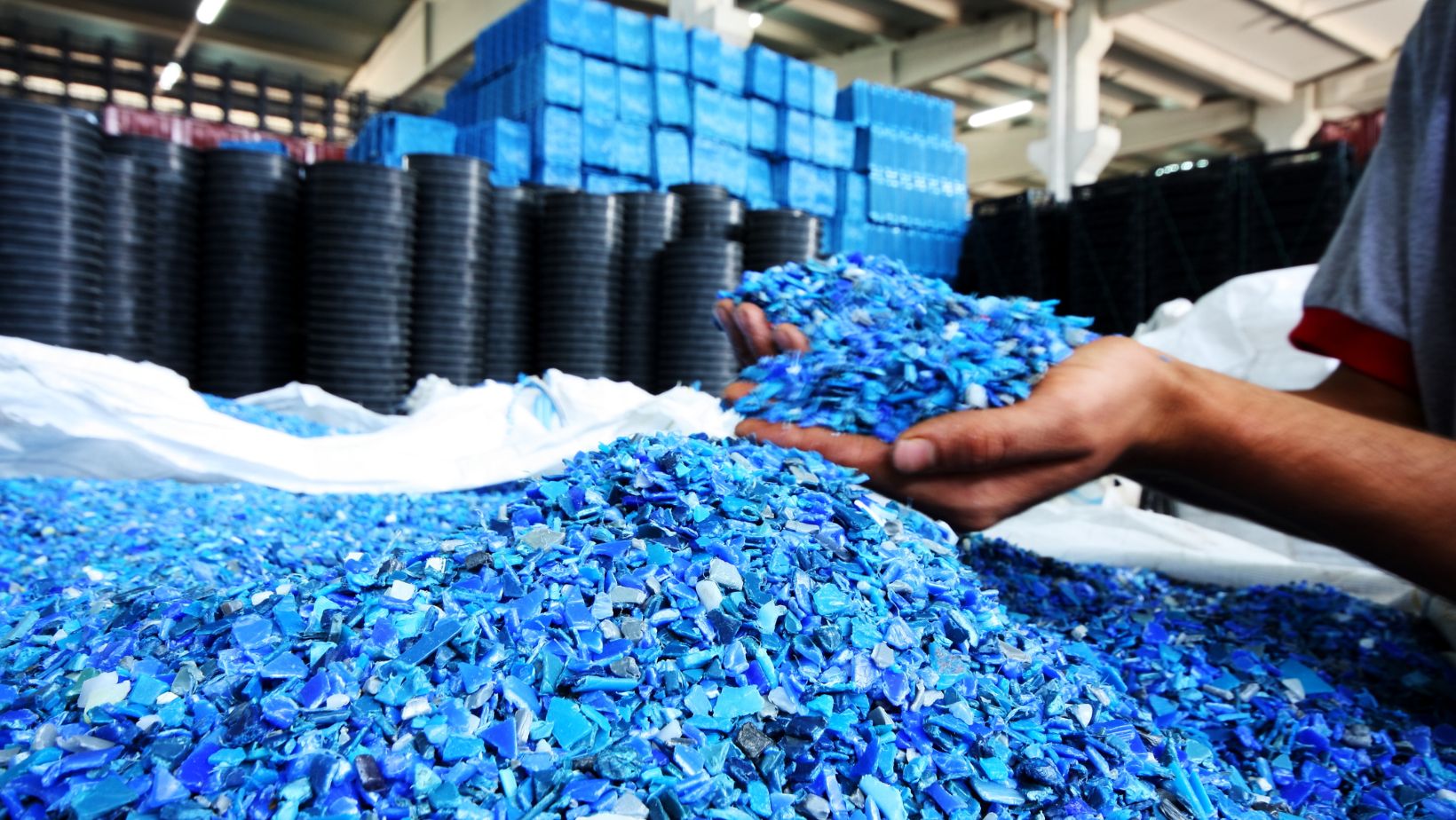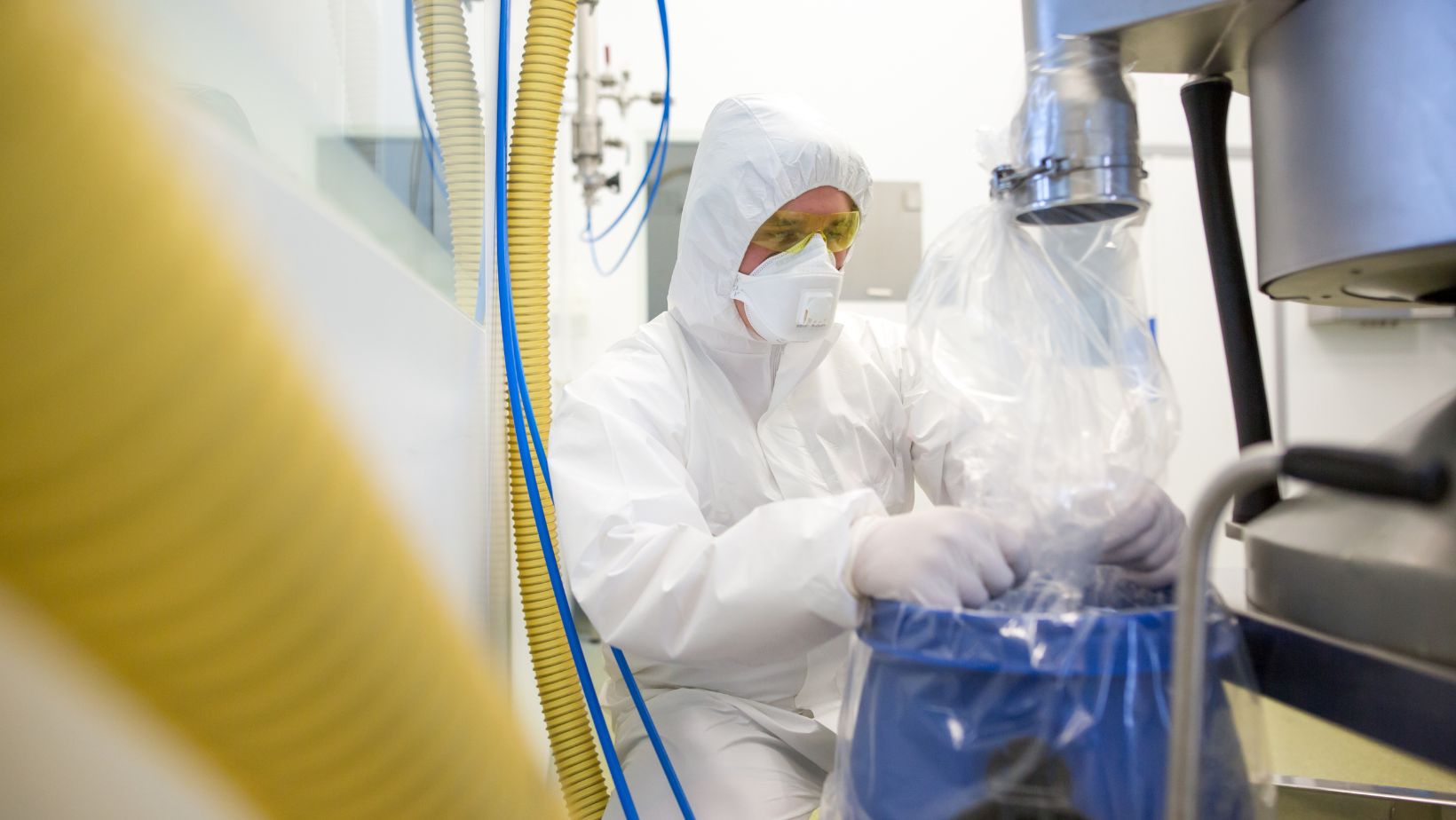
The manufacturing sector is on the brink of a revolution, driven by cutting-edge chemical innovations that promise to enhance efficiency, reduce environmental impact, and create new possibilities for advanced materials. These innovations are not only transforming traditional manufacturing processes but also paving the way for entirely new industries. Here, we explore some of the most impactful chemical innovations that are shaping the future of manufacturing.
1. Green Chemistry and Sustainable Manufacturing
Green chemistry is at the forefront of the push toward sustainable manufacturing. This discipline focuses on designing products and processes that minimize the generation of hazardous substances and reduce environmental impact. Innovations in green chemistry have led to the development of bio-based materials, biodegradable plastics, and non-toxic solvents. For example, polylactic acid(PLA), derived from renewable resources like corn starch, is being used as a sustainable alternative to petroleum-based plastics in packaging and consumer goods.
Additionally, catalytic processes have been refined to increase efficiency and reduce waste. The use of enzymes as catalysts in chemical reactions, for instance, has led to more sustainable and energy-efficient processes in the pharmaceutical and food industries.
2. Nanotechnology in Manufacturing
Nanotechnology involves manipulating materials at the atomic and molecular levels to achieve unprecedented control over their properties. This innovation is revolutionizing manufacturing by enabling the creation of materials with enhanced strength, lighter weight, and greater durability.
One significant application of nanotechnology is in the production of carbon nanotubes and graphene. These materials have exceptional mechanical and electrical properties, making them ideal for use in a variety of applications, from electronics to aerospace. For example, graphene is being used to develop more efficient batteries and flexible electronic devices.
Nanotechnology also plays a crucial role in the development of advanced coatings and surface treatments. Nanocoatings can provide superior resistance to corrosion, wear, and extreme temperatures, extending the lifespan of components and reducing maintenance costs in industries such as automotive and aerospace.
3. 3D Printing and Additive Manufacturing
3D printing, or additive manufacturing, is another transformative innovation reshaping the manufacturing landscape. This technology allows for the precise creation of complex structures by layering materials based on digital designs. The versatility of 3D printing is enhanced by advances in chemical formulations of the materials used, including metals, ceramics, and polymers.

Recent developments in photopolymerization, a process where light is used to harden liquid resin into solid forms, have expanded the capabilities of 3D printing. High-performance resins with improved mechanical properties and heat resistance are now available, enabling the production of functional parts for industrial applications.
Moreover, 3D printing reduces material waste and shortens production cycles, offering significant cost savings and environmental benefits. It also allows for customization and rapid prototyping, fostering innovation and accelerating the development of new products. 3D printing is just one area where polymer based products are used, the real opportunities for their use is endless.
4. Advanced Composites
Advanced composite materials, such as carbon fiber-reinforced polymers (CFRPs) and ceramic matrix composites (CMCs), are revolutionizing various industries with their superior strength-to-weight ratios and enhanced thermal stability. These materials are increasingly used in aerospace, automotive, and sports equipment manufacturing.
The innovation in this area lies in the development of new resin systems and fiber architectures that improve the performance and manufacturability of composites. For instance, the introduction of toughened resins has led to composites that can withstand higher impact forces, broadening their application in safety-critical components.
Furthermore, advancements in manufacturing techniques, such as automated fiber placement (AFP) and resin transfer molding (RTM), have made the production of complex composite structures more efficient and scalable.
5. Biomanufacturing and Synthetic Biology
Biomanufacturing leverages biological systems to produce chemicals, materials, and biofuels. This field is being revolutionized by synthetic biology, which involves redesigning organisms for useful purposes by engineering them to produce specific substances.

One of the most exciting applications of biomanufacturing is the production of bio-based chemicals and materials. For example, genetically engineered microorganisms can produce bio-derived plastics, pharmaceuticals, and specialty chemicals with reduced environmental impact compared to traditional petrochemical processes.
Additionally, biomanufacturing is enabling the creation of novel materials with unique properties. Spider silk produced by genetically modified bacteria, for instance, offers remarkable strength and elasticity, with potential applications in textiles, medical devices, and even construction.







